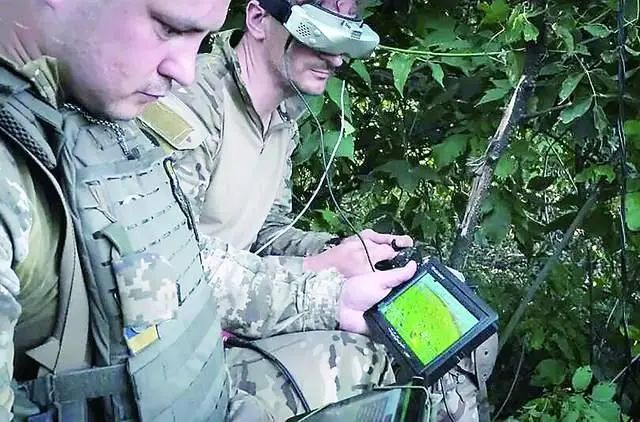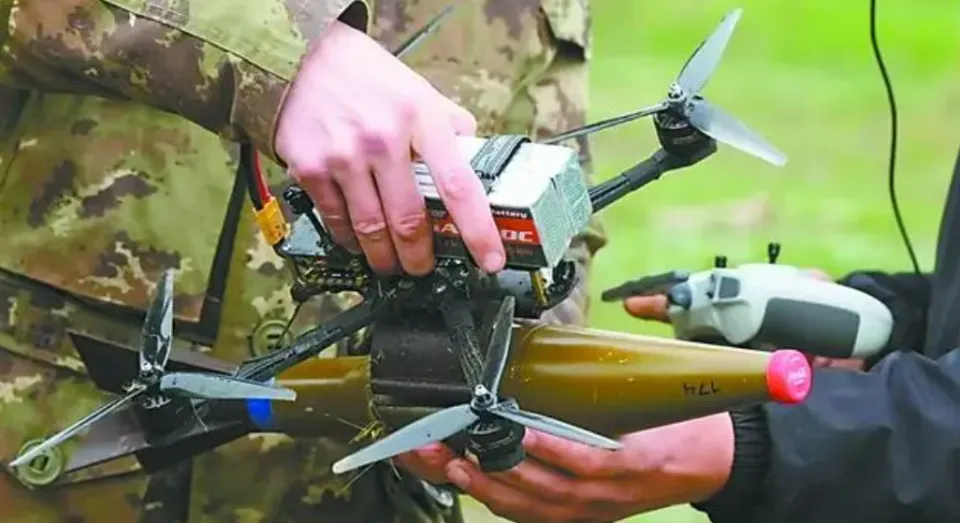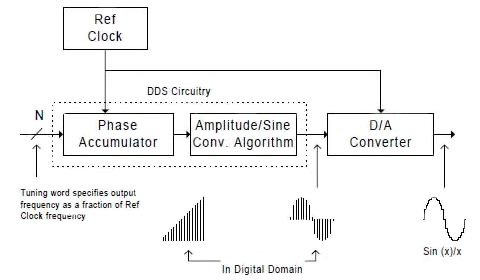On March 31, 2024, the Ukrainian military released a video showing that a Ukrainian drone operator successfully destroyed two Russian unmanned combat vehicles using an FPV drone.
On July 2, 2024, the Russian army launched an attack on Novoselovka. In Sokol, the Russian army has established a foothold in the villages, but the situation has become more complicated due to the continuous attacks of FPV drones.

Picture: Ukrainian soldiers operating FPV drones at the front line
FPV (First Person View) drone, usually refers to a small quad-rotor or multi-rotor unmanned drone controlled by video glasses and a remote control and has no autopilot.
FPV drones are small in size and light in weight, with high mobility and flexibility, can adapt to various complex terrains and battlefield environments, and can move quickly and carry out precise strikes on the battlefield.

Picture: Drone carrying grenade warhead
According to relevant reports, FPV and various types of drones have become one of the important means of attack on the modern battlefield, and the ongoing conflict between Russia and Ukraine has led to the widespread use of FPV drones.
This low-cost, simple and crude suicide attack is extremely dangerous to aircraft, tanks and other traditional military armed equipment.
In response to the unique characteristics of FPV drones and market demands, SPBATC Product Department has upgraded its independently developed fixed type, individual-used type and vehicle-mounted type anti-drone series products at the core technology level after months of intensive research and hundreds of product tests.
The product breaks through the traditional VCO frequency sweeping technology, selects the latest DDS core algorithm, and uses its high frequency resolution, fast frequency switching, continuous phase change, flexible output waveform and other characteristics to reasonably apply it to anti-drone devices, which can achieve effective interference to FPV drones.

Picture: Basic principle block diagram
DDS (Direct Digital Synthesis) is a digital signal generation technology used to generate arbitrary waveforms. The DDS algorithm controls the frequency, phase and amplitude of the signal digitally. It has the advantages of high frequency resolution, fast frequency switching, phase continuity and flexibility, and can accurately generate the required signal..